Fancy Footwork: All About Bird Feet
Updated: Jan. 24, 2024
Birds can fly, but they also perch, run, swim and more. Walk this way and learn why bird feet and toes are as important as wings and feathers.
On This Page
How Do Birds Use Their Feet?
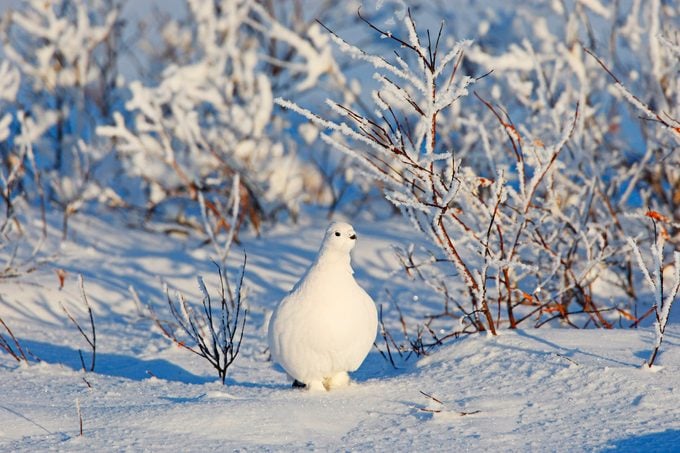
As bird lovers, we spend a lot of time in awe of birds for their brightly patterned plumage, wing shapes and entertaining antics, not to mention that they can fly. But when not soaring through the sky, birds rely on their specially structured feet to get around. Their unique toes come in arrangements such as zygodactyl and anisodactyl, which may sound more like names of their dinosaur cousins, but don’t worry! You can still appreciate just how crucial birds’ feet really are. No scientific memorization required!
Learn all about hummingbird feet: can hummingbirds walk?
Bird Feet and Toes for Perching
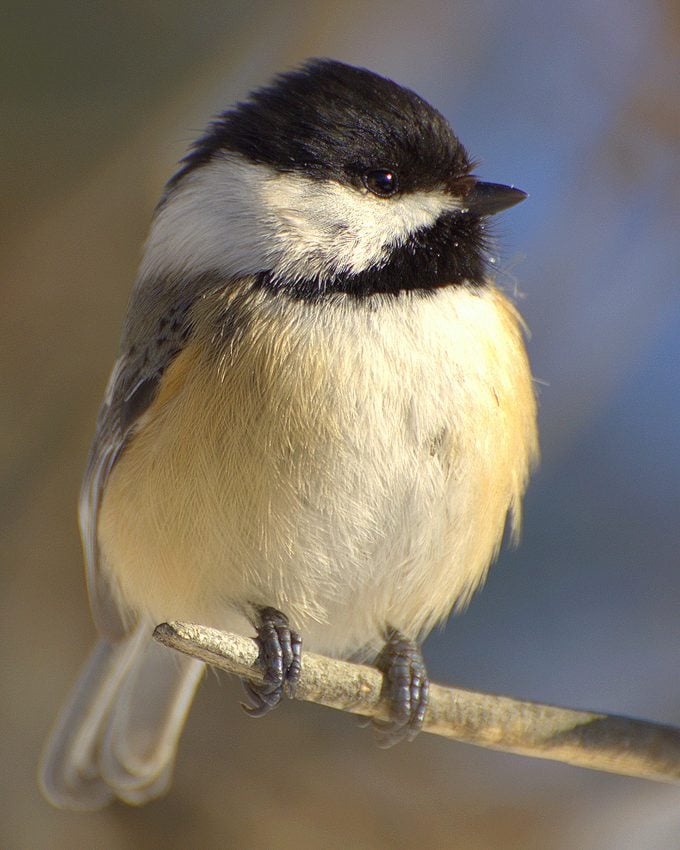
Many backyard birds, from robins to wrens and phoebes to finches, belong to a large group called perching birds. The structure of their feet helps them perch on thin twigs. These birds have three toes pointing forward and one pointing backyard, an anisodactyl arrangement, so each foot touches the perch at four separate points.
When birds settle on a twig, their toes automatically tighten, thanks to the muscles in the legs and feet. Similarly, when birds rise up, the toes loosen their grip. Chickadees that flit from branch to branch may grasp and release different perches thousands of times a day.
Bird anatomy 101: here’s what you need to know.
Bird Feet for Climbing Trees
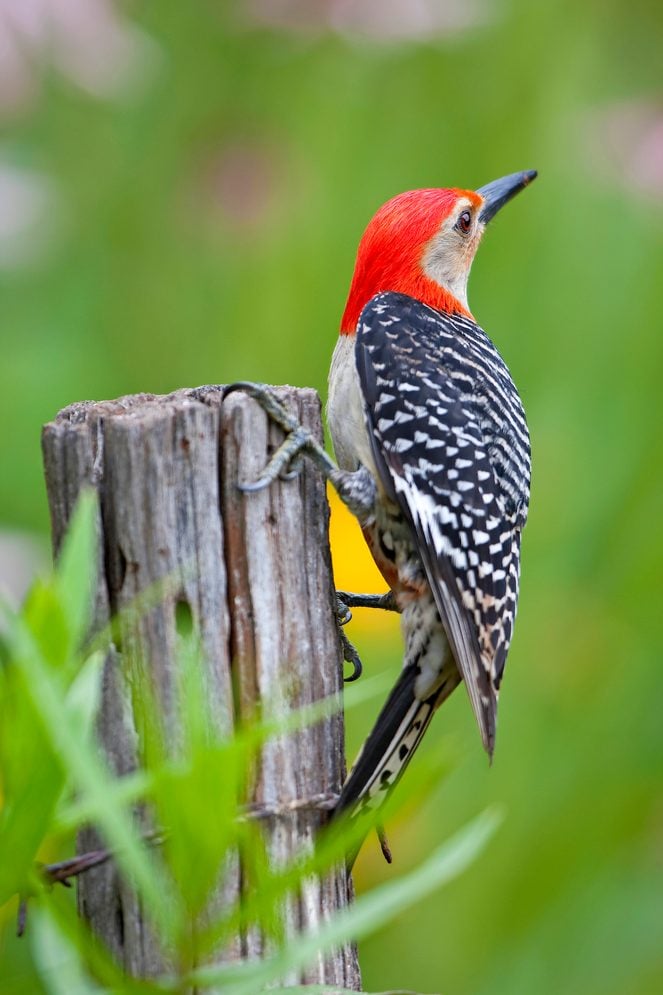
Woodpeckers, nuthatches and creepers are common tree-climbing birds. Their powerful gripping toes help them cling snugly to bark or dead wood.
Learn all about bird wings and flight feathers.
Bird Feet and Toes for Walking
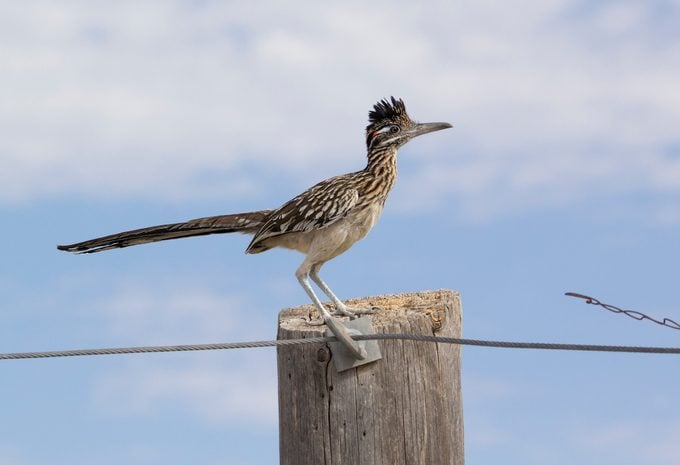
Wild turkeys and ring-necked pheasants walk more than fly, and have strong, sturdy legs and toes. Males of both species have a spur on the back of the leg, which they may use when they get into fights. It’s typical for birds that spend a lot of time on the ground, especially hard ground, to have strong feet.
Another bird known for strong legs is the greater roadrunner of the desert Southwest. This bird has zygodactyl feet (two toes pointing forward and two backyard). It leaves X-shaped tracks, and Native American legends celebrated the fact that no one could tell from the tracks which way the bird was going. True to its name, the roadrunner can run at 20 miles per hour for quite a distance.
The ultimate walking bird is probably the ostrich, the tallest bird in the world. Its small wings are useless for flight, but it has huge, muscular legs and feet. While most birds have four toes and a few have three, ostriches are the only birds in the world with only two toes on each foot.
Learn about 6 bird beak types and how birds use them to eat.
Bird Feet for Swimming
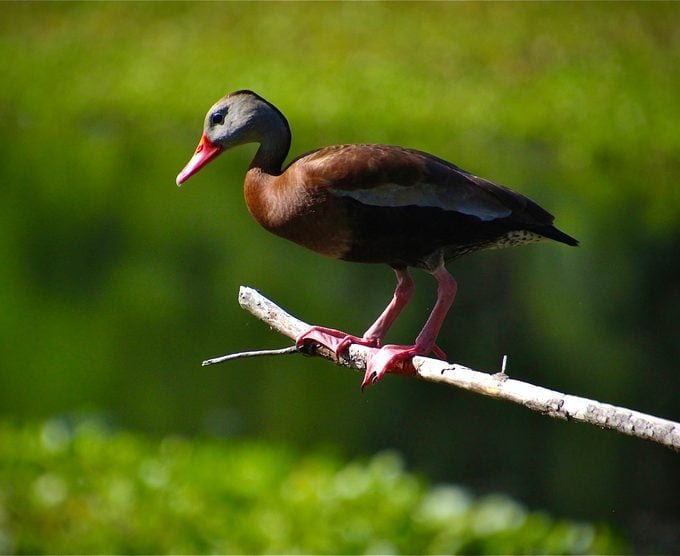
Birds that swim have special requirements. They paddle with their feet to move across the water’s surface, but the skinny little toes of a typical bird wouldn’t be useful for pushing against water. However, with webbing stretched between the toes, those feet become very effective fins. The webbed feet of ducks, geese, and swans are widely known, but we also see webbed feet on many unrelated waterbirds, such as pelicans, loons, and gulls.
Some waterbirds have only partial webbing, often in the form of expanded lobes or flaps along the edges of the toes. The bizarre feet of the American coot offer an interesting example. Those lobed toes are good for swimming, and they’re also suited for walking on land. However, grebes rarely come out on land, and they also have lobbed toes.
Bird Feet and Toes for Uneven Surfaces
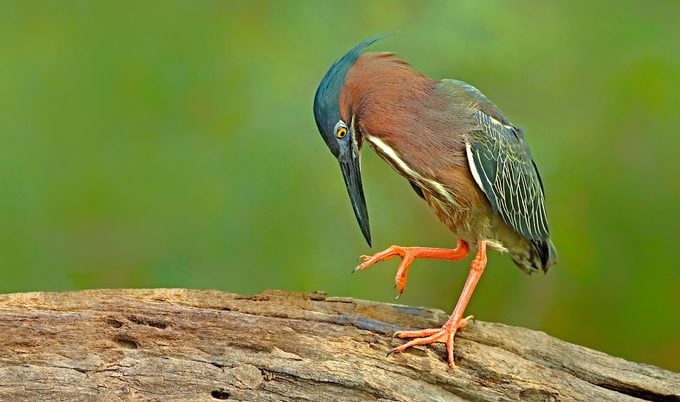
Birds can’t walk on water; but some marsh birds come close, with long toes that allow them to traipse across the surface of very wet mud or floating plants. We see this long-toed shape on various herons, rails, and sandpipers. The extreme examples are found on tropical shorebirds called jacanas. Their ridiculously long toes allow jacanas to walk around easily on top of floating lily paps. In fact, “lily-trotter” is one nickname for them. One species, the northern jacana, shows up in southern Texas at times.
What about walking on frozen water? Ptarmigan are small grouse that live in the far north and high mountains, regions covered with deep snow for much of the year. Like other grouse, they have fairly short toes. But ptarmigan grow a fringe of stiff feathers along the sides of their toes, which act like snowshoes, allowing them to walk across the surface of soft, fluffy snow.
Bird Feet for Feeding
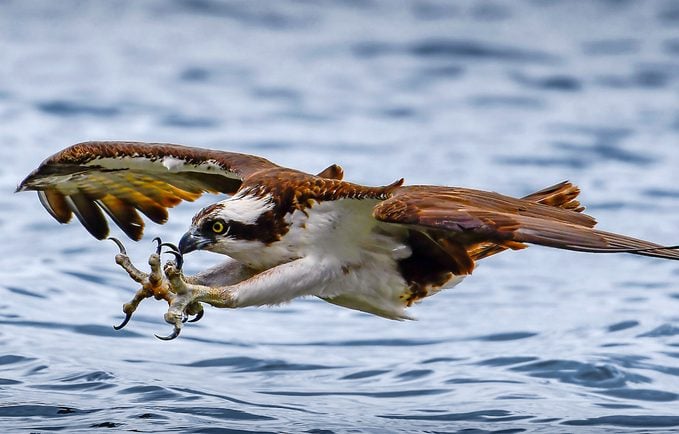
The word “raptor” comes from a root word that means “to seize and carry away.” Hawks, falcons, and owls have strong toes and long, sharp, curves claws, specialized for hunting, capturing, and carrying prey. Most birds use their feet for sitting in one place or moving around, but for these birds of prey, their feet are their essential tools.
Most hawks and falcons have three forward toes and one back toe. On owls, however, the outer toe is reversible: It usually swivels to the back when the owl is perched or grasping prey, giving it a zygodactyl arrangement with two toes forward and two back, but sometimes it perches with three toes forward.
And then there’s the osprey, which also has this reversible outer toe. The osprey, or fish hawk, is famous for diving feet-first into water to catch fish. Besides being able to swivel its outer toe around, the osprey also has very rough scales on the soles of its toes, which likely help it keep a firm grip on slippery fish.
Raptors are big enough that you can easily see their claws, but the structure and look of songbirds’ feet is often overlooked. Head outside and observe how even the most common birds in your backyard get around when they’re not flying. It’s proof that from their feathers to their toes, birds are endlessly fascinating.
Brightly Colored Bird Feet
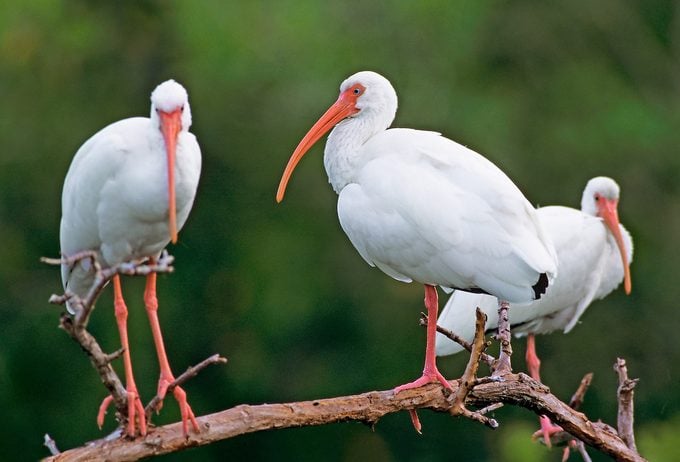
Bird feet tend to have dull, dark colors, but here are a few that flaunt bright hues.
- Snowy egret: Black legs and yellow feet
- Blue-footed booby: You can guess this one!
- Least bittern: Greenish-yellow legs and feet
- Louisiana waterthrush: Bubblegum pink feet
- Blackpoll warbler: Yellow feet
- Horned puffin: Orange feet
- White ibis: Red legs and feet
Why Trust Us
For nearly 30 years, Birds & Blooms, a Trusted Media Brand, has been inspiring readers to have a lifelong love of birding, gardening and nature. We are the #1 bird and garden magazine in North America and a trusted online resource for over 15 million outdoor enthusiasts annually. Our library of thousands of informative articles and how-tos has been written by trusted journalists and fact-checked by bird and garden experts for accuracy. In addition to our staff of experienced gardeners and bird-watchers, we hire individuals who have years of education and hands-on experience with birding, bird feeding, gardening, butterflies, bugs and more. Learn more about Birds & Blooms, our field editor program, and our submission guidelines.





















